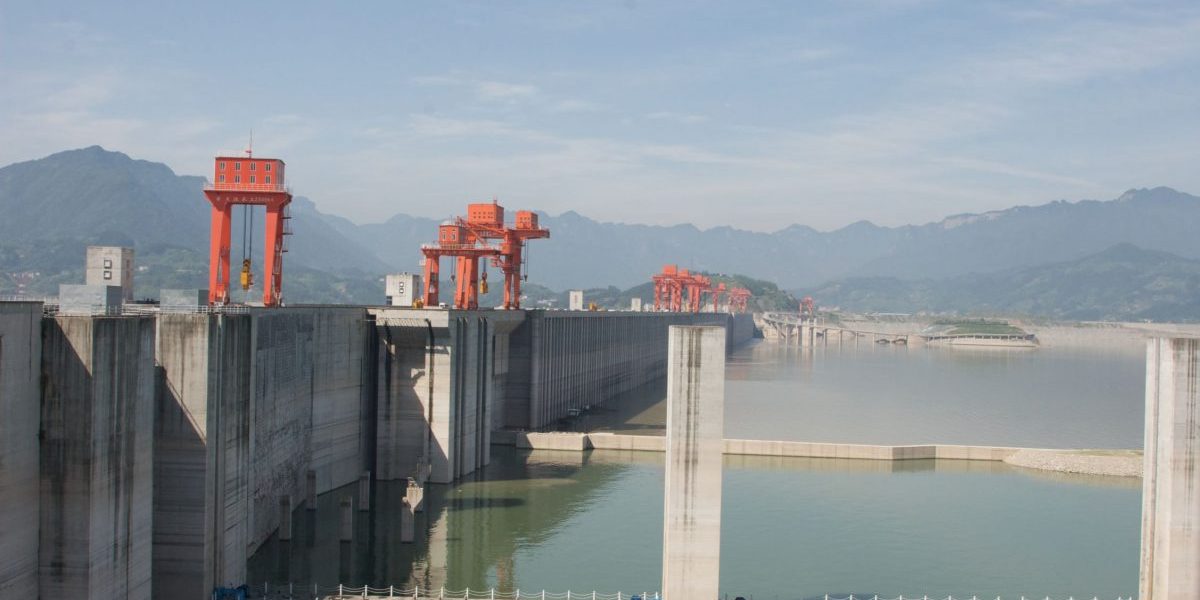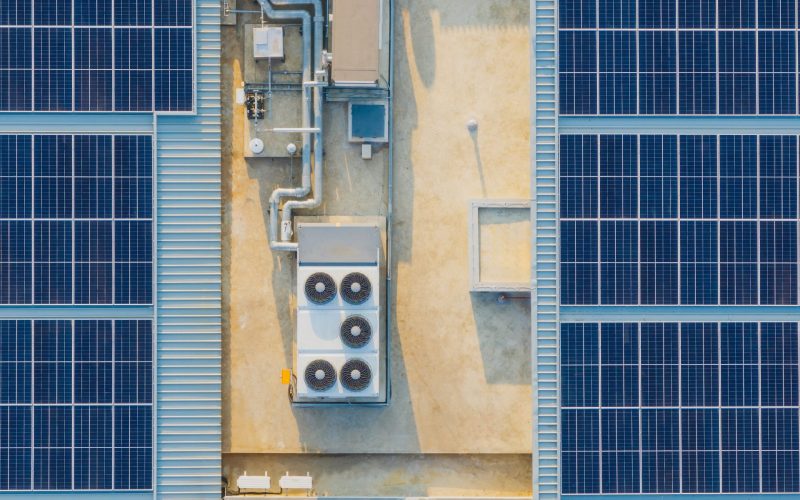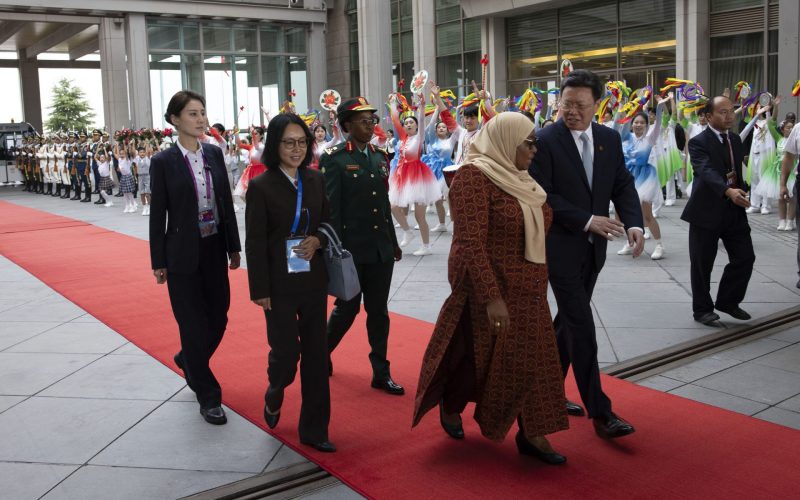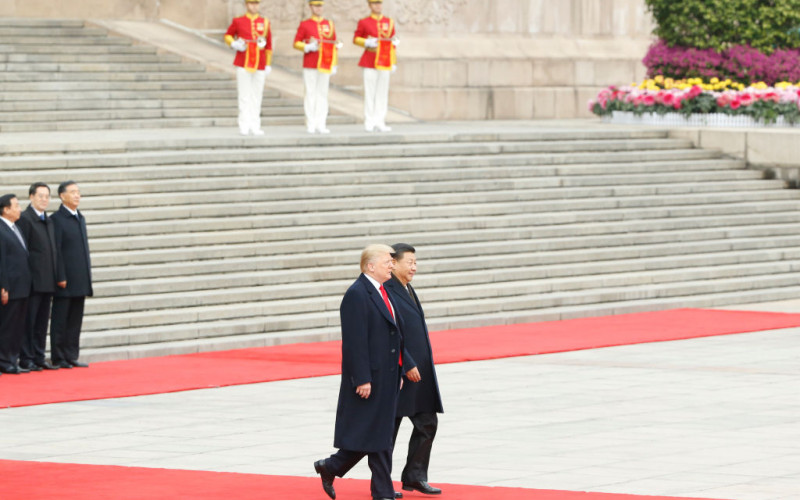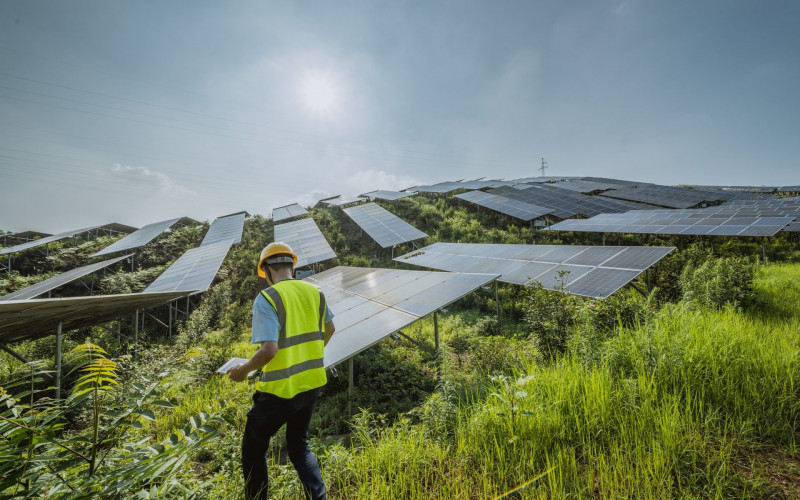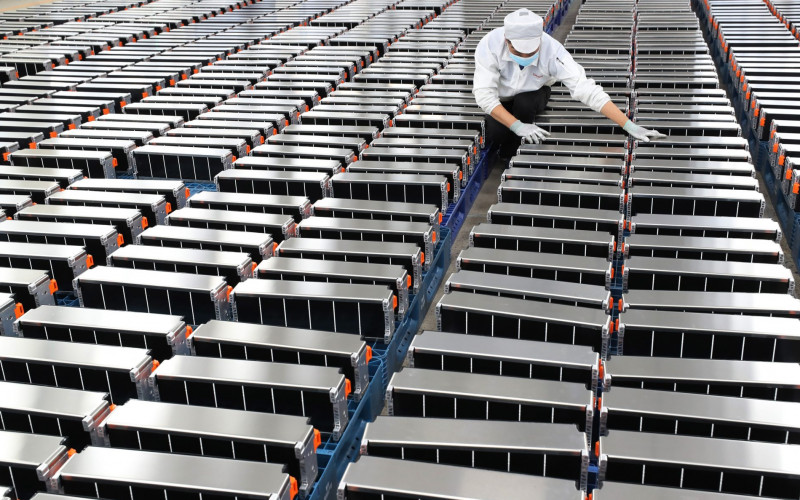Despite an increase in investigations on Chinese models of infrastructure financing in these regions, there is a lack of empirical research on the impacts of China-financed infrastructure. Using data from Johns Hopkins SAIS CARI China-Africa Loan Database and the Demographic and Health Survey (DHS) Program Database, we estimate the impacts of the China-financed Bui Dam in Ghana. We use two difference-in-differences models to identify change of the likelihood to have access to electricity, and to own several electric appliances among over 29,000 local households receiving electricity transmitted from the Bui Dam. We find that after the Bui Dam’s completion, the likelihood of households living in the treatment region having access to electricity increased by about 4 percent. However, given that urban households witnessed an average 14.5 percent increase in their likelihood of accessing electricity, our models also suggest that the Bui Dam’s improvement of electrification may be predominant in urban and wealthy households.

